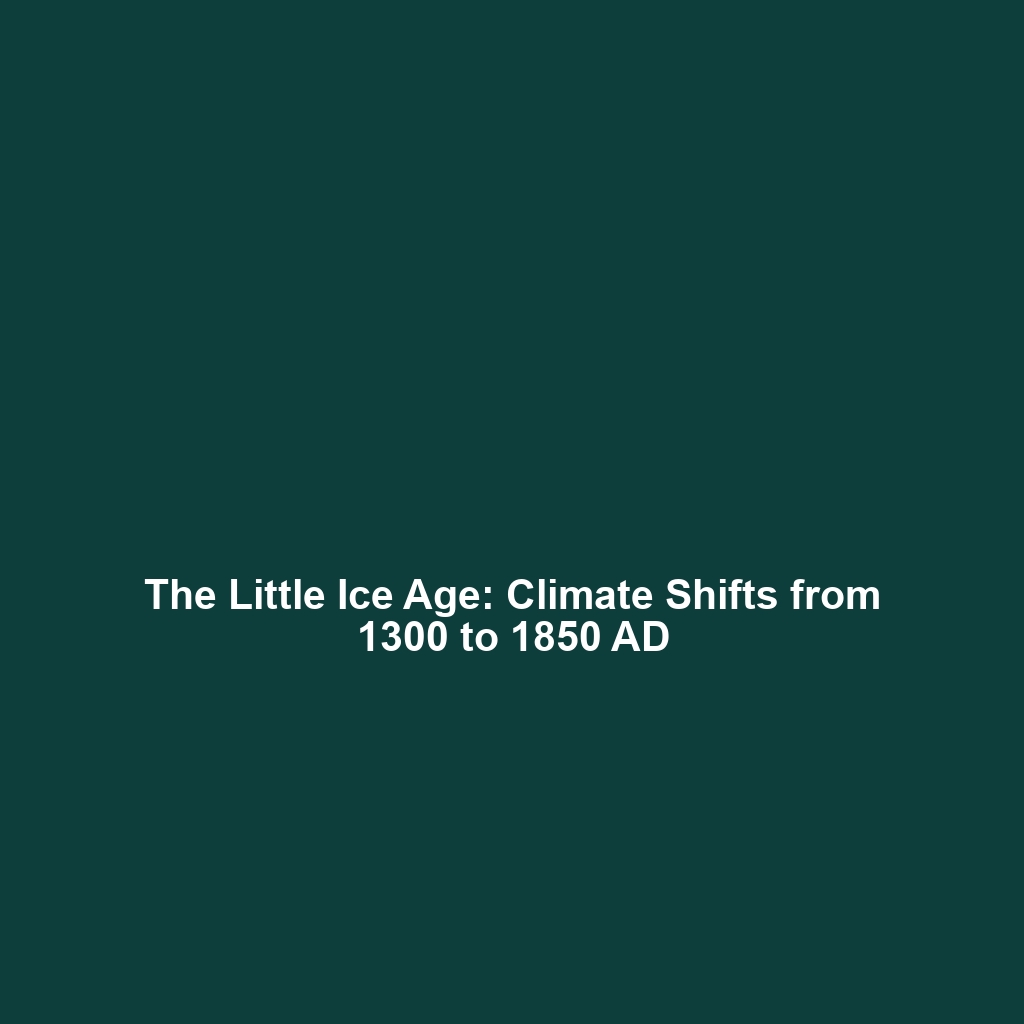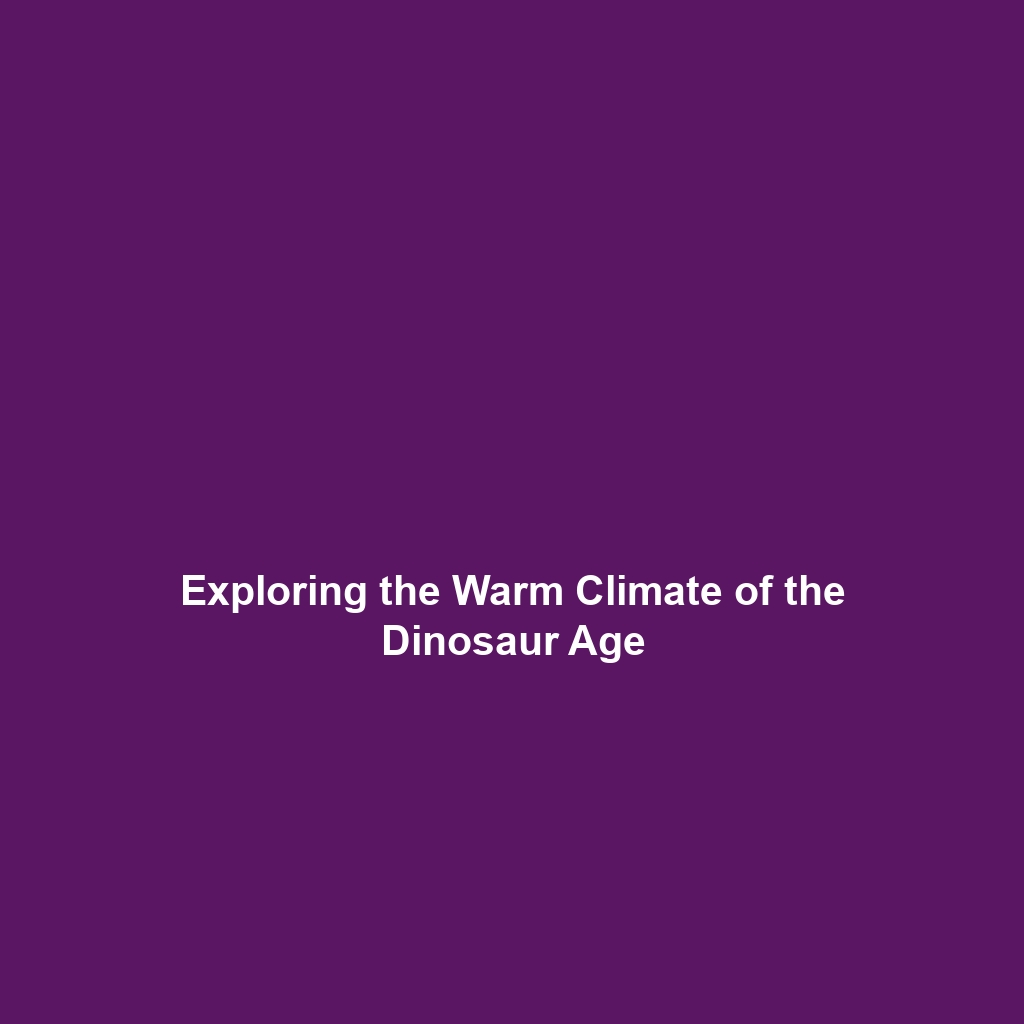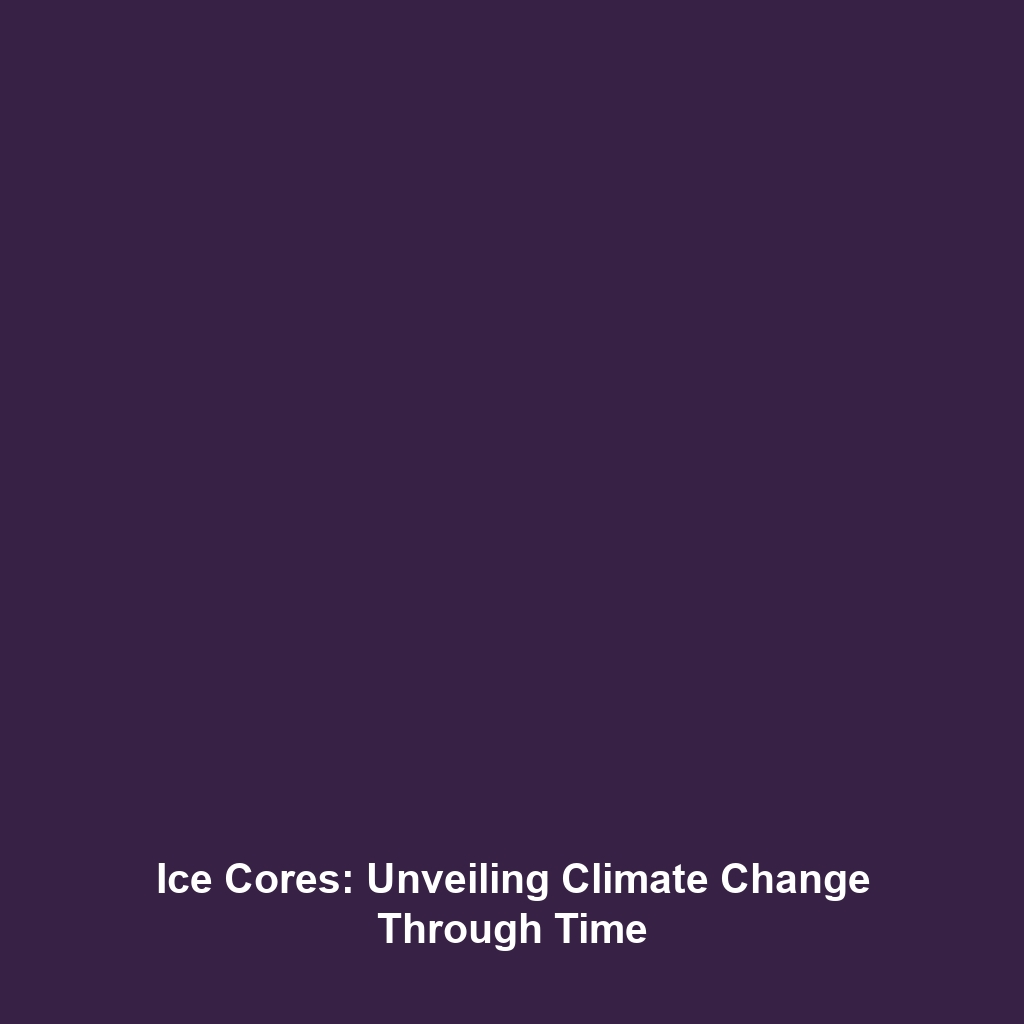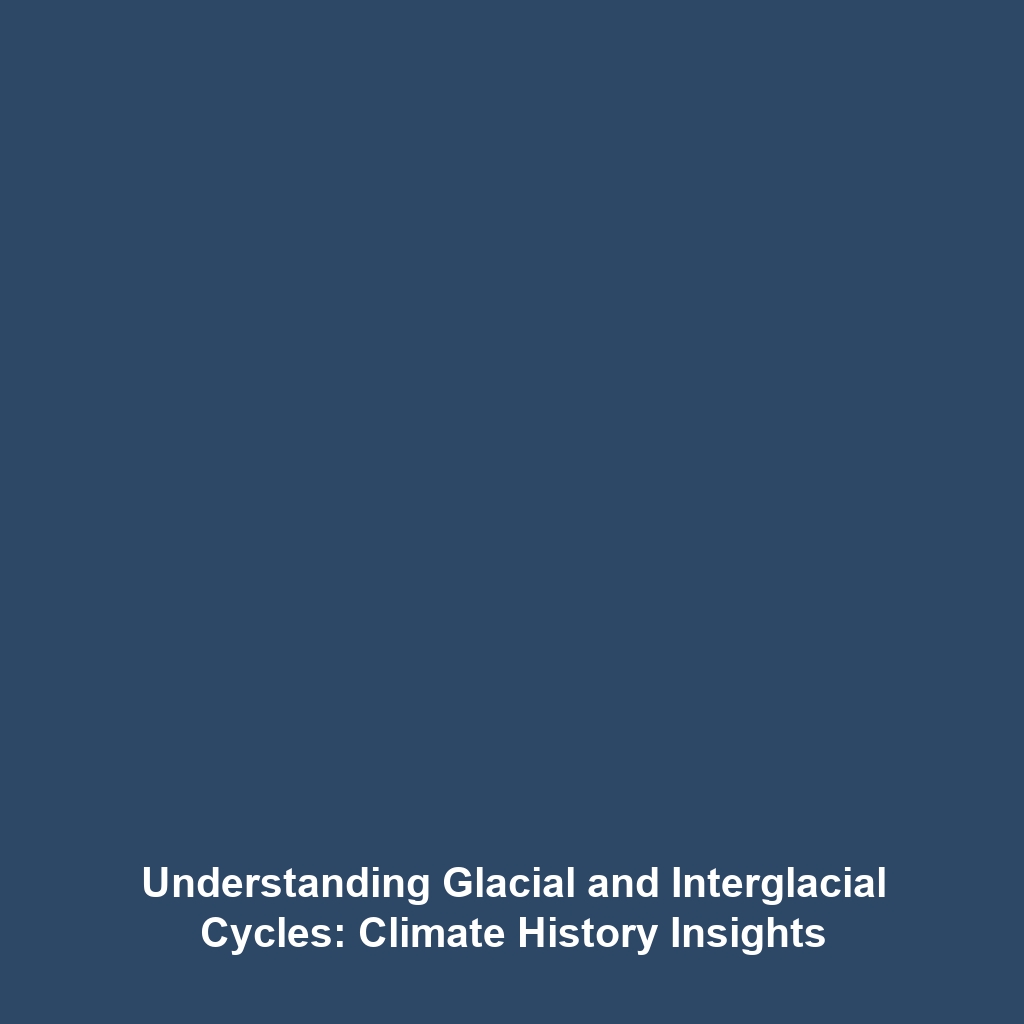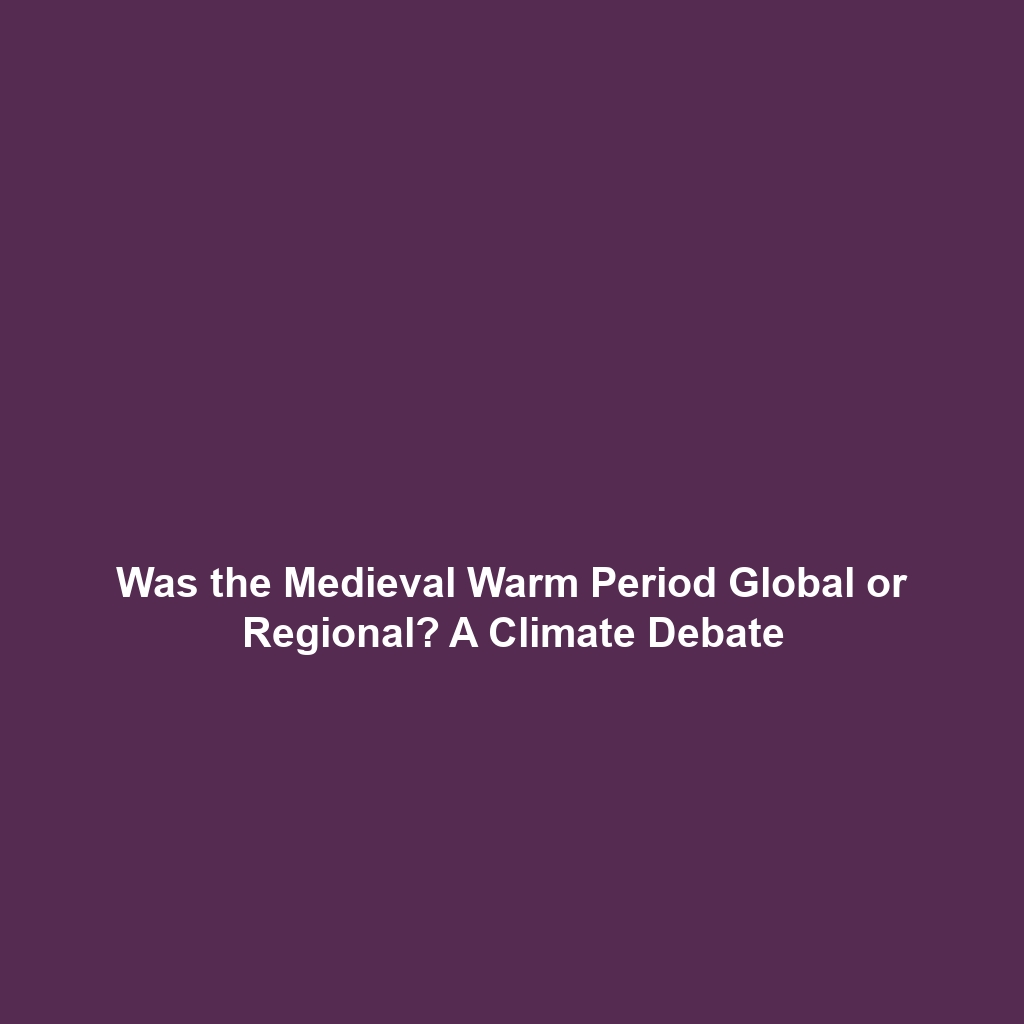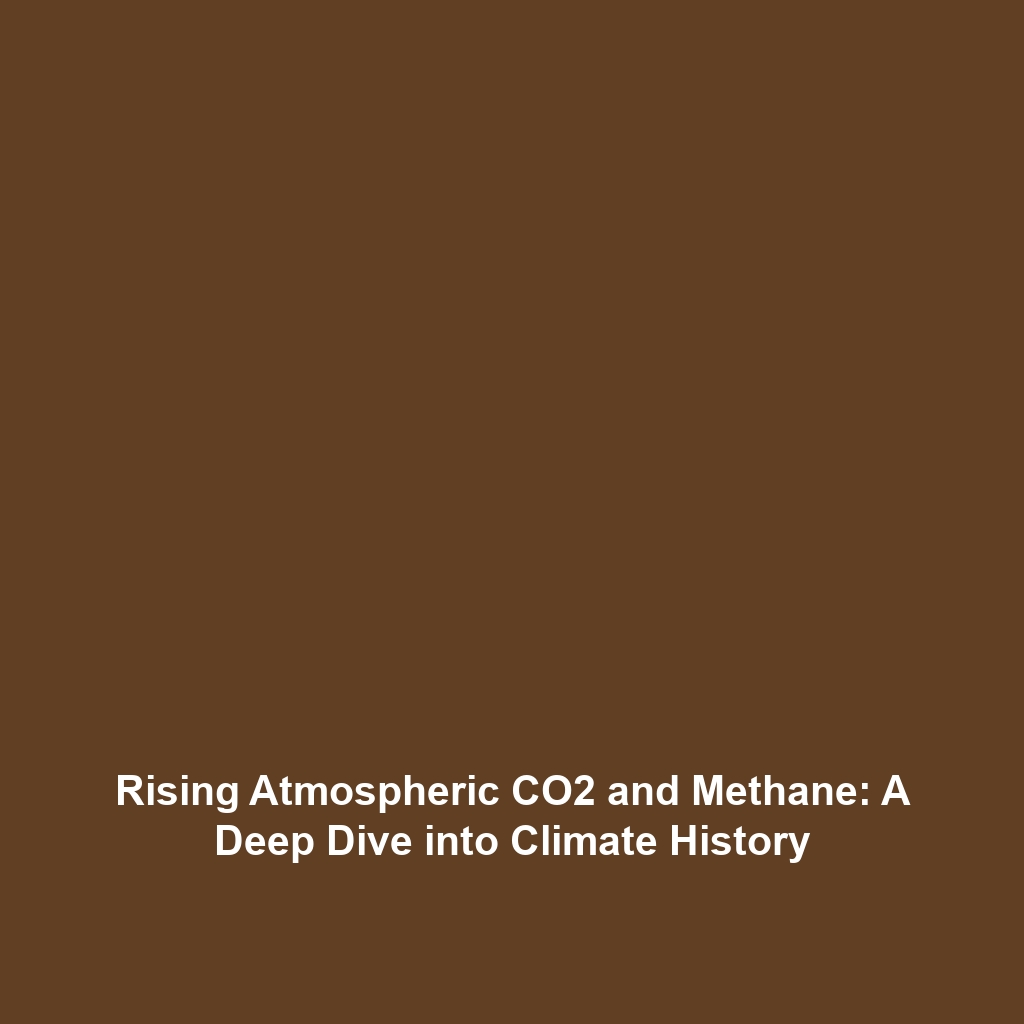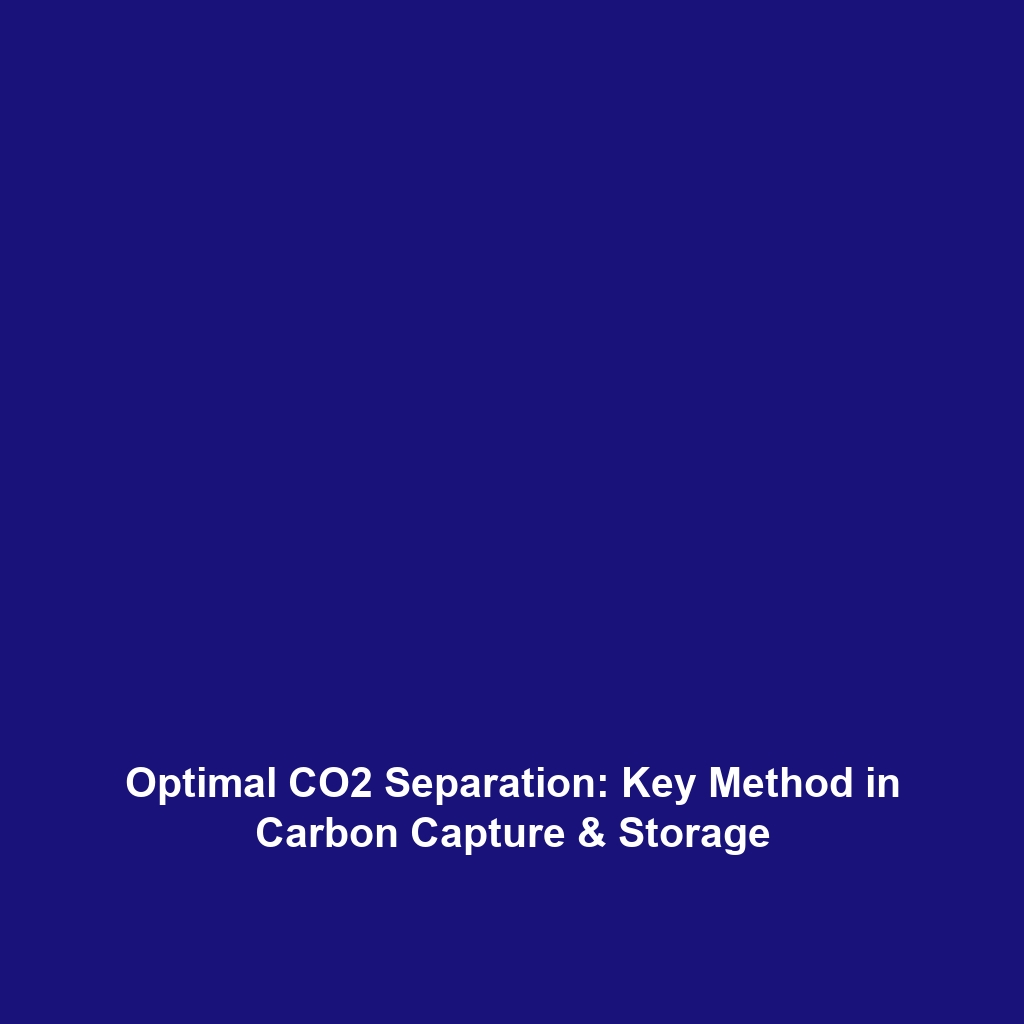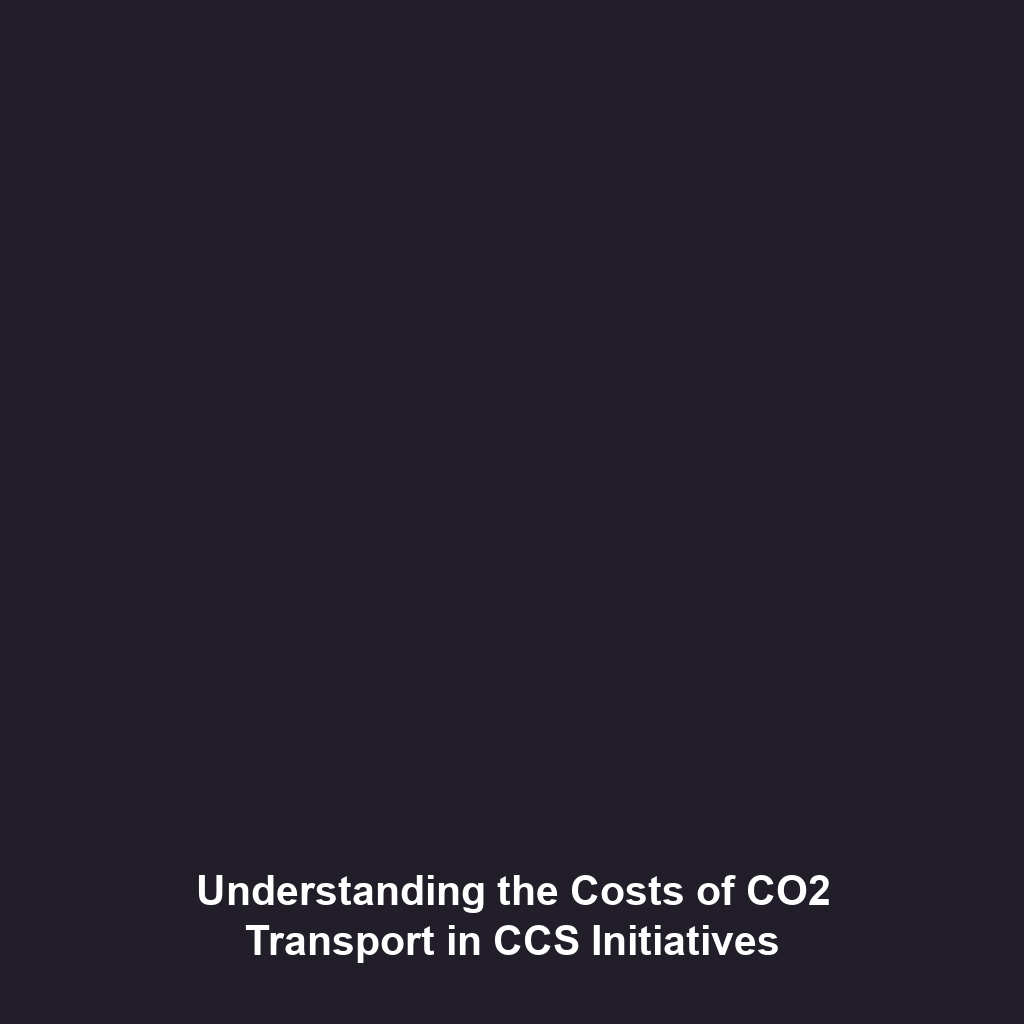The Paleocene-Eocene Thermal Maximum (PETM)
Introduction
The Paleocene-Eocene Thermal Maximum (PETM) represents one of the most significant climate events in Earth’s history, marked by a dramatic increase in global temperatures approximately 56 million years ago. This period is a pivotal subject within climate history, offering critical insights into the interactions between carbon emissions and climate change. Understanding the PETM helps scientists draw parallels with current climate trends, providing context for ongoing discussions about global warming and environmental policy. Keywords such as “Paleocene-Eocene” and “climate dynamics” are essential to explore the implications of this historical event.
Key Concepts
The PETM is characterized by several key concepts critical to understanding climate history:
1. Rapid Temperature Rise
During the PETM, global temperatures soared by an estimated 5 to 8 degrees Celsius over a relatively short geological timeframe, leading to widespread ecological and geological changes.
2. Carbon Cycle Disruption
This climatic event was primarily triggered by a massive release of carbon into the atmosphere, likely from volcanic activity and the melting of methane clathrates.
3. Impact on Biodiversity
The rapid environmental changes resulted in significant shifts in plant and animal life, illustrating the potential effects of current climate change on biodiversity.
Applications and Real-World Uses
Understanding the Paleocene-Eocene Thermal Maximum (PETM) has several practical applications in climate history, including:
- Climate Modeling: The PETM provides a historical benchmark for scientists developing predictive climate models to assess future climate changes.
- Ecological Studies: Research into the ecological impacts during the PETM informs present-day conservation strategies in response to global warming.
- Energy Policy: Insights from the PETM help shape policies aimed at mitigating carbon emissions today.
Current Challenges
Studying the Paleocene-Eocene Thermal Maximum (PETM) presents several challenges, including:
- Limited geological records making it challenging to obtain precise data on temperature changes.
- Uncertainties in quantifying the sources of carbon release during the PETM.
- Difficulties in correlating ancient climate data with modern records to draw meaningful conclusions.
Future Research and Innovations
Ongoing and future research focuses on overcoming current barriers to understanding the PETM. Innovations such as:
- Advanced Paleoclimate Modeling: Development of cutting-edge simulation technologies to refine climate projections.
- Enhanced Data Collection: Integration of various geological and biological data to create a comprehensive picture of the PETM.
- Interdisciplinary Research: Collaborative studies across disciplines to better understand the implications of the PETM on present-day climate dynamics.
Conclusion
The Paleocene-Eocene Thermal Maximum (PETM) serves as a crucial reference point in climate history, revealing vital insights into the relationship between carbon emissions and warming trends. As we face similar challenges today, examining the past can inform our approaches to current environmental issues. For more in-depth knowledge, consider exploring related topics such as climate change effects and mitigation strategies.

